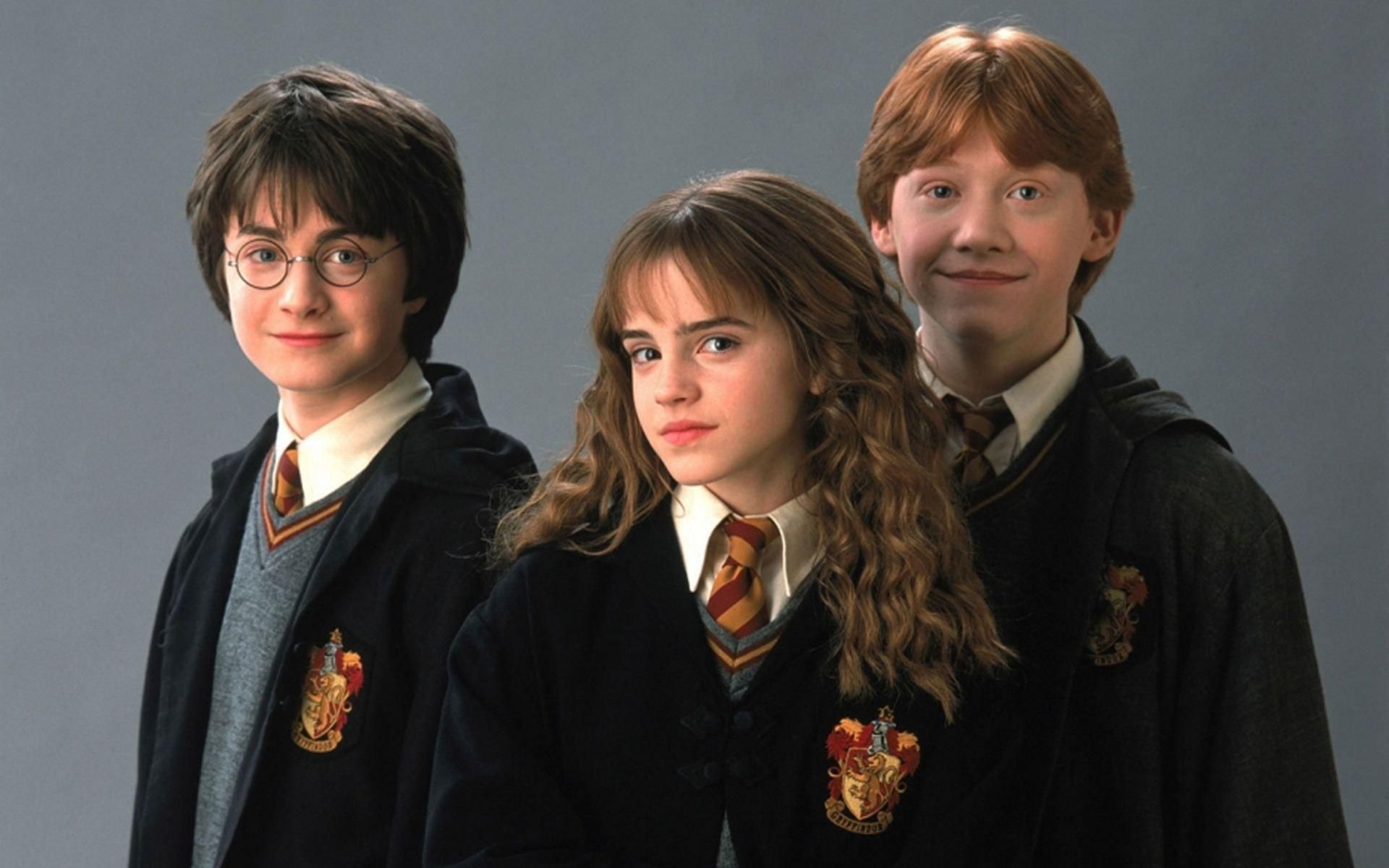

Millions of people watched ‘’Harry Potter and the Sorcerer’s Stone’’ movie and the famous chess scene, which was supposed to be one of the obstacles for main characters to encounter, was really appealing to the chess players, particularly.
Well, let us dive into the depth of that interesting part and investigate some points. As you remember, Rook, Knight, and Bishop were Hermione, Ron, and Harry, respectively. Literally, they took the fields of the pieces mentioned above. At the end of the game, Ron sacrificed himself so that his adventurer friends would be able to advance to the new chambers.
But, what was the actual position? Why did Ron sacrifice himself? Who created the chess scene? Let us get the answers to these questions.

Jeremy Sliman, a famous chess coach in the USA, International Master, and writer, was the chess consultant of Harry Potter’s movie and as he writes in his memoirs he was extremely cheery when he got the offer to contribute to Chris Colombus’ team.
Jeremy Sliman. “When I was asked to create the chess positions for Harry Potter and the Sorcerer's Stone, I was more than delighted. Throughout my life, I've watched movie Sand TV shows make a joke of real chess positions and real chess lingo. Now, after years of seething, I finally had a chance to do the job right".
When I read the first Potter book and was faced with the problem at hand: What position would I create that would justify Ron sacrificing himself? After spending many hours ’ day after day for a few weeks ’ on the phone to the screenwriter in Los Angeles and the producer in England (who insisted that the first move should be a capture), I finally decided on the following dynamic situation:

Black’s straight menace is Nh3+, thus whites take D3 pawn to control H3 field.

Now Harry is under attack, yet here lies a secret. Follows in a great combination.

The Queen captures the Rook and once again threatens to end Harry's life! It looks bad for our heroes, but is this really true? Note that Silman created a logic problem here. Black can force a mate in two moves, but that would NOT be the correct solution. Can you figure out why?
2...Nh3+!

A faster mate is possible by 2...Bc5+ 3.Qxc5 Nh3 mate. Unfortunately, this calls for the sacrifice of HARRY, something that would end the quest immediately and is therefore completely unacceptable. By sacrificing himself, Ron pulls the Queen away from its control over the c5-square. Mate is Bc5+ 3.Qxc5 Nh3.

And final position comes to this when Harry mates the white king thanks to the thrilling combination organized by protagonists. The endgame was originally intended to make a villain of the White Queen as well as showing the mortal danger that Harry was under during this time. The sacrifice and forced moves were deemed necessary to emphasize the dramatic uncertainty our heroes were under.
The movie scene, however, loses the suspense of the game. Perhaps we can conclude that the media format of movies will never tell the full story that a book portrays because of the time constraints of a two-hour film as well as the lack of expedient explanations to keep the tempo of the story moving.
The end result of using the movie format to explain the story is that it loses that extra deep and meaningful understanding, as well as missing parts of the tale. Rowling's original presentation in the book is recreated into another person's interpretation on the screen (namely the director's interpretation) therefore leaving the audience to fill in the missing gaps.
Although the chess scene was never detailed in the book, it needed a correct screen presence. Such well-constructed details can be reduced to nonsense after the editing process. This goes to show that in the movie, Rowling's presentation of the story is shortened and the plot and the sub-plots of the tale are also made into" mumbo-jumbo" for the members of the audience who have not read the book.
The essence of the book and the chess scene that was carefully constructed by IM Jeremy Silman lost the richness of the Harry Potter experience when converted for the movie audience. The chess moves designed for this story were meant to tell a hidden story of their own that symbolized the larger struggle, but was lost in editing to become "mumbo-jumbo".
Although the final movie scene was appreciated for its dramatic action, it fails to portray chess strategy (and to fully recognize Ron's intellect) and so loses a chance at inspiring many Harry Potter fans to pick up chess to stimulate their minds.
Stories such as those told in the Harry Potter books cannot be replaced by the movie interpretation and there are always some gaps even in the book itself that would be lost or open to anyone's interpretation.
But what we see is that some gaps do not have to be lost, but it is rather a time of lost opportunities that could add more to the experience. The chess endgame in the movie Harry Potter and the Sorcerer's Stone is one such missed opportunity.